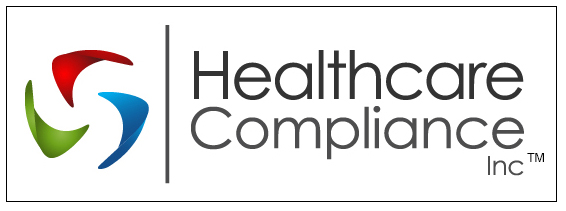Health Care Reform: The Who, What and When
by admin | Aug 14, 2014 | Educate

Reforms Already in Effect
- Insurers cannot impose pre-existing condition exclusions for children, remove coverage when a member becomes ill (except in cases of fraud or intentional misrepresentation) or impose lifetime coverage limits.
- Non-grandfathered health plans must cover preventive care services without deductibles or other cost-sharing and children can remain on their parent’s health coverage until age 26.
- In 2010, Medicare Part D enrollees received a $250 rebate when entering the coverage gap, and in 2011 and 2012, they got a 50 percent discount on brand-name drugs in the coverage gap.
- Insurers must spend at least 80 to 85 percent of premiums on medical services each year or pay rebates to consumers.
- The federal excise tax on HSA dollars spent on non-medical expenses increased to 20 percent.
- OTC drugs (except insulin) are no longer eligible expenses for FSAs, HRAs or HSAs without a prescription.
- Medicare payroll taxes rise to 2.35 percent for individuals earning over $200,000 ($250,000 for joint filers).
- Additional discounts and subsidies will be phased in for drugs bought in the Medicare Part D coverage gap until the gap is closed in 2020.
- The annual limit of $2,500 for individual pretax contributions to an FSA takes effect.
- Non-grandfathered health plans must cover additional preventive services for women without cost-sharing.
2014
- Insurers cannot refuse to sell or renew policies, deny coverage for pre-existing conditions, set prices based on certain factors or impose annual limits.
- Most individuals are required to have health coverage or pay a fine of $95 (up to $295 per family). Penalties will increase in 2015 and 2016.
2018
- 40 percent tax on high-cost employer-provided policies ($10,200 individual, $27,500 family).
2020
- The prescription drug coverage gap is eliminated for Medicare Part D enrollees.

